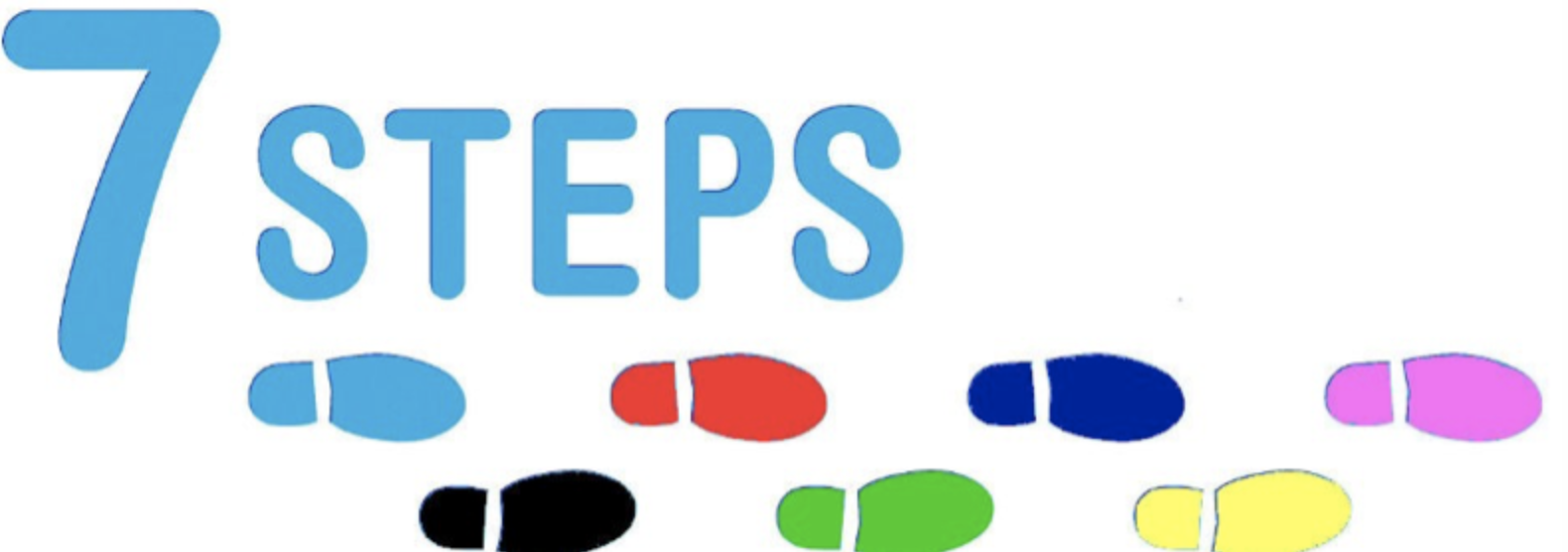By: Jacob Brown, 7th Grade Texas History, Davila Middle School
Last year was a very difficult year for me. Not only was I a first-year teacher, but I was also floating from classroom to classroom, and I taught most of the New Arrival Center (NAC) students in the 7th grade. At first, the language barrier was very difficult, but I eventually learned that this was a simple issue to overcome. One of the biggest stereotypes that educators hold in regards to NAC and Sheltered Inclusion students is the fact that most people believe that they are not eager to learn. It is actually quite the opposite. My NAC students last year were some of the most eager to learn of the students I taught.
As you learn Seidlitz’s 7 Steps, one of the most effective techniques in the classroom is the use of randomization. As a floater, this is also one of the most difficult techniques to achieve. I tried Flippity and numbering desks. I tried it all. It was still not very effective. “I don’t know” became a very frustrating statement, but part of that was my fault because I settled for that as an acceptable answer. I needed to probe them to go deeper and to come up with a response that showed they were still eager to be engaged.
As I entered my second year of teaching I committed to improving on engaging students in my classes, and using randomization more effectively. I have been firmer with my students on not settling for “I don’t know” and asking more from them. They have come to understand that when I call on them I expect an answer. This doesn’t always mean I have to have an immediate answer. Sometimes you need to give them time to think about it even after you have given them the initial processing time. “Hey think about it for a second and I will come back to you,” can be a very effective way to probe students for deeper understanding. As far as randomization, I came up with an interesting technique. As a Texas History teacher, I tried to think of a unique way to randomize my class format. I thought about using popsicle sticks with names on them, but it seemed too boring. How could I apply the popsicle stick method to my classroom and make it interesting? So I decided to name each one of my desks after a famous Texan. Think, Deaf Smith, Sam Houston, etc… I then labeled my popsicle sticks based off of the desks associated with it. That way I have one set of sticks for all six of my classes. This has been a really neat and effective tool. The kids have embraced it and have enjoyed it. They have been more engaged which is the goal of Seidlitz’s 7 Steps.
Overall, I am excited about this second year of teaching and the opportunities it will provide to improve my ability to engage students and incorporate Seidlitz’s 7 Steps into my lessons.
